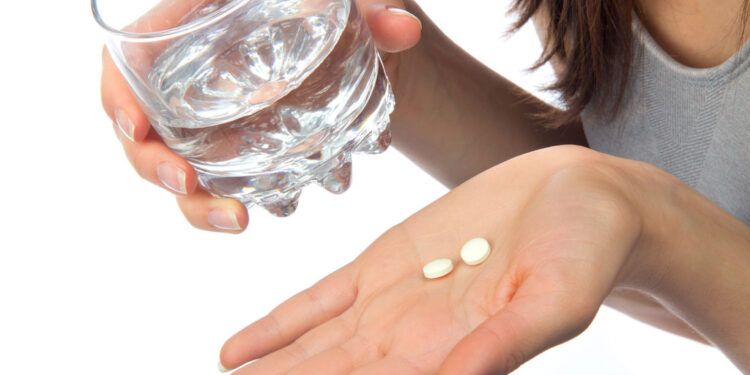As a woman, I can say, without a doubt, that women have a higher pain tolerance than men. Even tattoo artists swear by this statement as they see clearly how their customers react to thousands of tiny needles piercing their skin. While women barely show signs of discomfort, men tense up, lock their jaws and squeeze their eyes shut. But this article isn’t meant to underline the difference between women and men when it comes to pain. We will focus on pain relief without medication for women, which work as a natural chronic pain relief for various kinds of physical discomfort. Before trying any of our suggestions you should get your doctors approval first.
There are different types of pain that women are exposed to throughout their lives. While some of these pains are naturally occurring and are based on biology, they can also treat other types of pain through other means. Pain relief medication isn’t the only option, and the alternatives are less likely to come with drastic side effects. Pain relief medication that causes addiction should not be the only choice we turn to when our pain tolerance threshold is overstepped. The natural world provides us with plenty of options to choose from, but the way our organism works can also be managed to reduce the level of pain and discomfort we deal with on a daily basis.
Article Summary:
How to Reduce Pain and Discomfort?
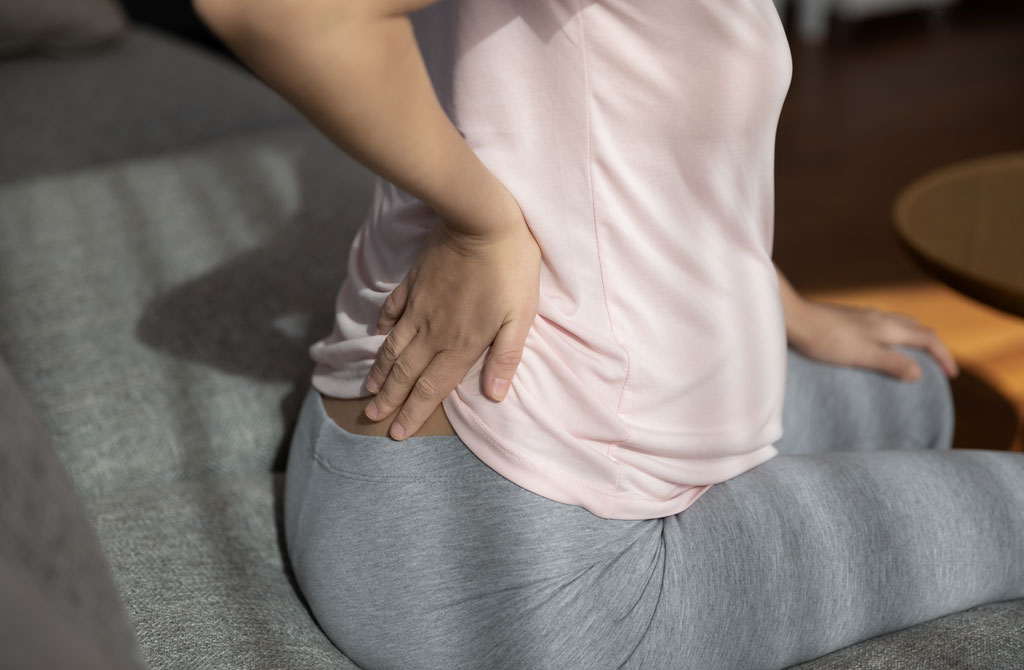
Aside from the fact that it isn’t fair for women to have to deal with monthly cramps, it also isn’t right to rely on drugs that include opioids to have a pain-free life for those experiencing chronic pain. The search for pain relief without medication goes beyond western medicine and looks at nutrition, hormonal imbalances, and physical exercises. Natural pain relief can come in many forms, but we’ll look at the most common alternatives to pain relief medications. The opioid epidemic came from pain relief medication being prescribed too easily. With how addictive they are, they shouldn’t be the first or only option on the table. Let’s look at how to reduce pain and discomfort for women through natural pain relief alternatives.
Hot and Cold Therapy
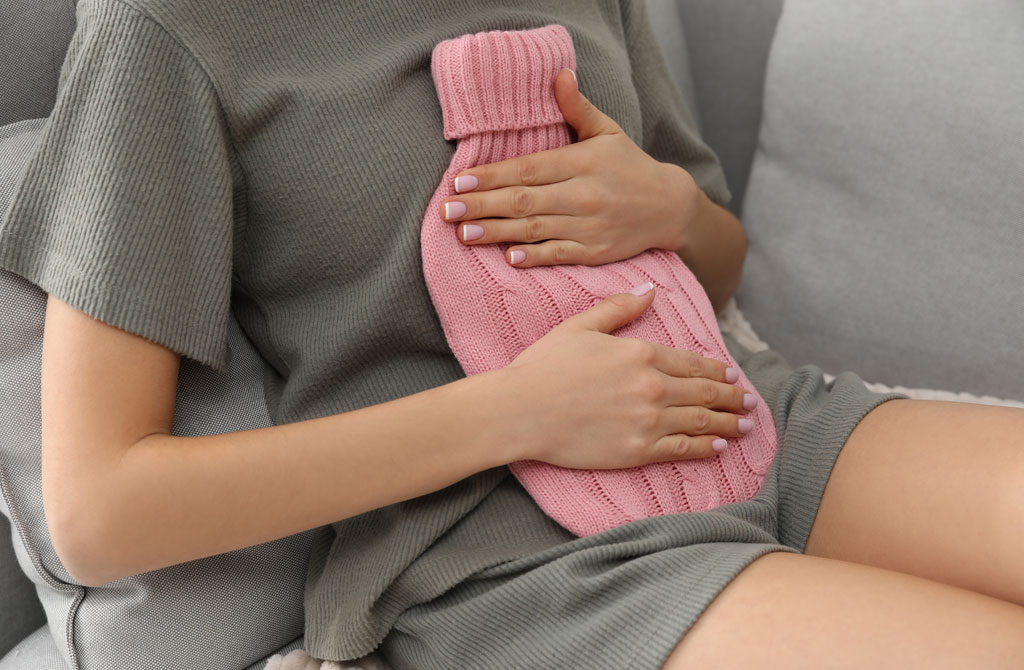
While this may seem like something our grandmothers did, we can use heating pads and ice packs to keep the pain at a safe distance. The hot-cold therapy works to shock the nervous system, which will be less capable of shooting pain signals to your brain. As this therapy requires a hot or cold element to be physically placed on the painful area, we can independently use it for different body parts.
Still, while the therapy is known as hot and cold therapy, this does not mean that you subject the body to swift changes in temperature through hot pads and ice packs without allowing the muscle’s temperature to go back to normal. We should only do that with guidance from a doctor or physical therapist. If you want to try the hot and cold therapy at home, don’t expose your body to ice packs or heating pads for more than 20 minutes at a time.
Physical Exercise

Going for a brisk walk around the block with your dog, a light jog, or a friendly tennis match with your partner is sure to work as a natural pain relief practice that doesn’t even need to include a medical professional. It doesn’t need to tire you in order to work, which is why we mentioned walks. As chronic pain can also result in depression, outdoor physical exercise is the best drug-free treatment. It exposes the body and mind to the natural world, which has a natural soothing effect on people.
Pain might make one want to skip exercise, but a sedentary lifestyle is worse. Take it easy, and don’t try to push yourself too much. Do what feels comfortable as long as it includes some form of exercise. If you go for a five-minute walk around the block today, a seven-minute walk tomorrow, you’ll see that it will be easier to deal with pain.
Cognitive-Behavioral Therapy
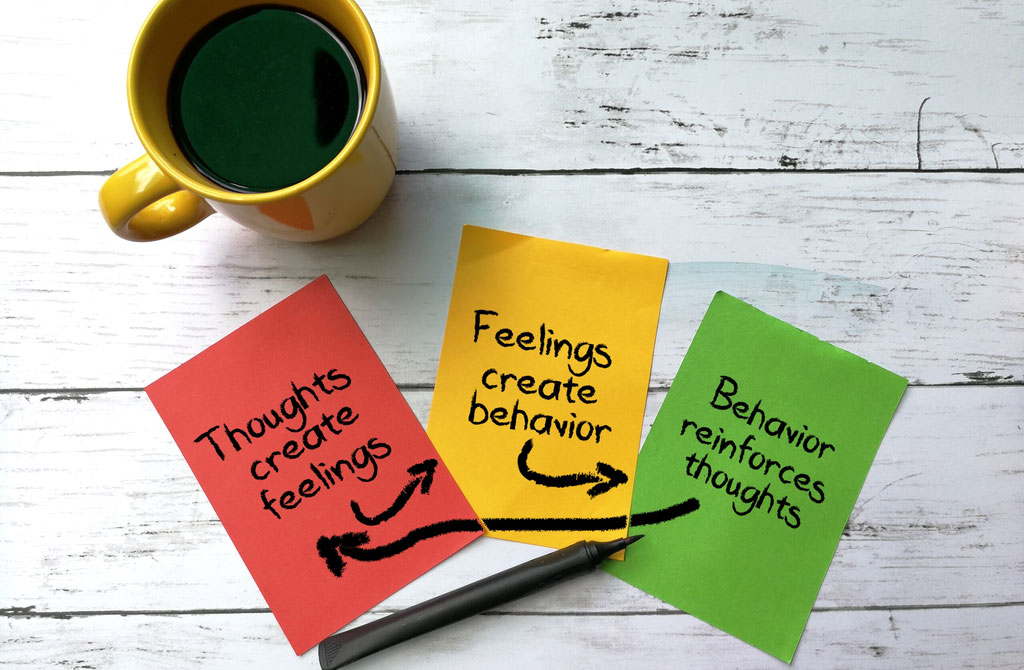
As we already mentioned above, chronic pain can have a huge impact on our mental health by changing the way the brain functions. While this doesn’t mean that the pain is in your head, our organism works as a whole. Like how an infection can result in a fever, pain can result in depression. Cognitive-behavioral therapy works to teach your brain how to deal with pain. When struggling with chronic pain, our brain can become overwhelmed, which can impact how a person lives their life. However, if you manage to control how your brain reacts to pain, you will see a drastic improvement in how you look at life. Cognitive-behavioral therapy rewrites how your brain perceives pain and how it is affected by it. By helping you focus on controlling your mind, you will once again be in charge of your life.
Physical Therapy
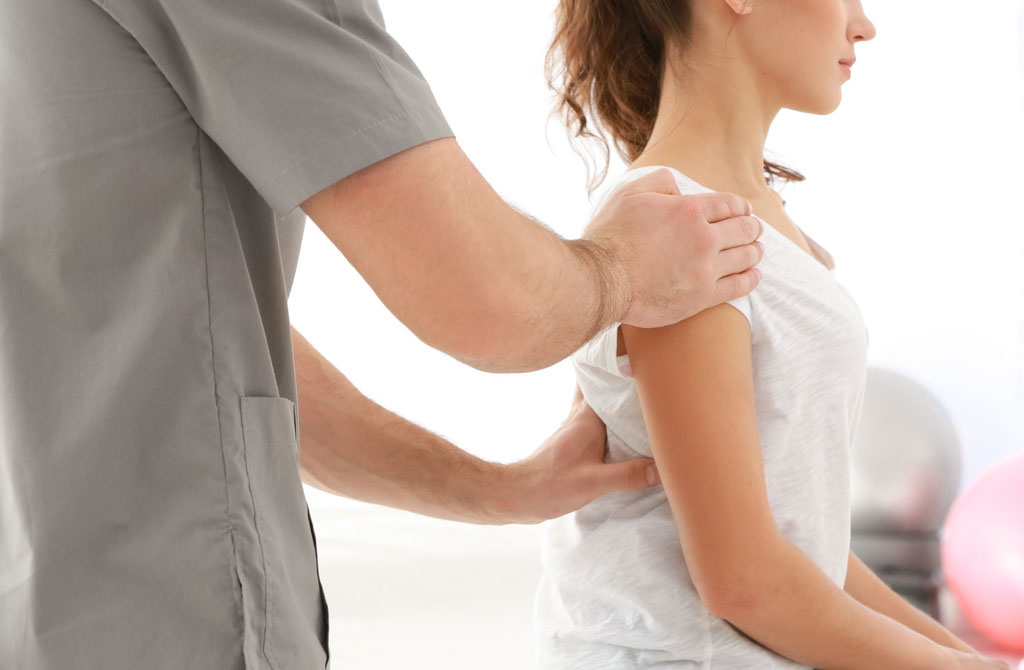
Underlying muscular imbalances can result in many different types of pain problems. Through physical therapy, therapists can correct these. People dealing with painful muscles, damaged ligaments, and stressed tendons can seek help from a physical therapist. The therapist will customize a series of exercises that will target specific areas where muscles are weak, stressed, or over-worked through physical therapy. Physical therapy can be recommended in case of accidents with the intention to heal damaged muscles, nerves, and joints that experience pain.
Through physical therapy, the technique of biofeedback is used as it teaches control. When an area of the body experiences pain, controlling the way in which that body part moves is essential, and correcting abnormal movements resulting from pain is necessary for the area to heal.
Meditation
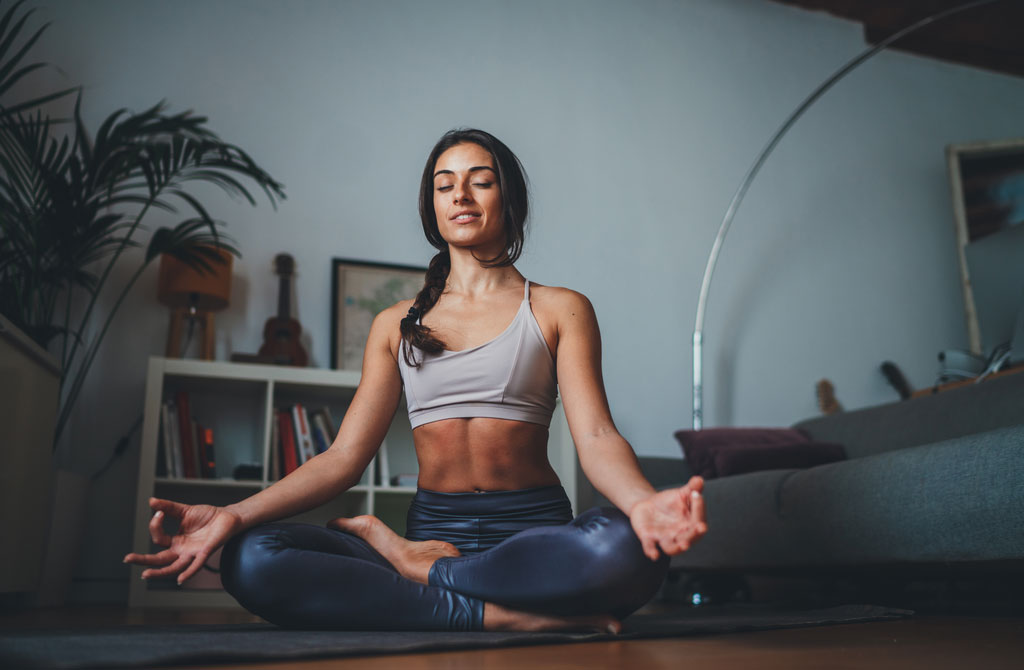
Through meditation, people who experience pain, especially chronic pain, learn to shift their focus away from the pain and relax their minds. In many ways, meditation works similarly to cognitive-behavioral therapy by increasing the individual’s amount of control over their pain response. This may sound like a simple practice but completely relaxing your mind and pushing away from focus any intrusive negative thoughts that you might experience isn’t always easy. That is why meditation isn’t the best idea if you are dealing with depression as well, especially if you haven’t meditated before. However, meditation can work wonders if you can find your inner peace, that mind frame where nothing overwhelms you.
While not always accessible, doing meditation sessions in a natural setting can make it easier to relax your mind and just be in that moment. All you need is a quiet space where you can just relax. With the wind rushing through tree branches, leaves, and grass blades, birds chirping in the sky, and maybe a soothing background sound you can easily find on YouTube, your whole being will relax and just experience inner peace.
Nutrition
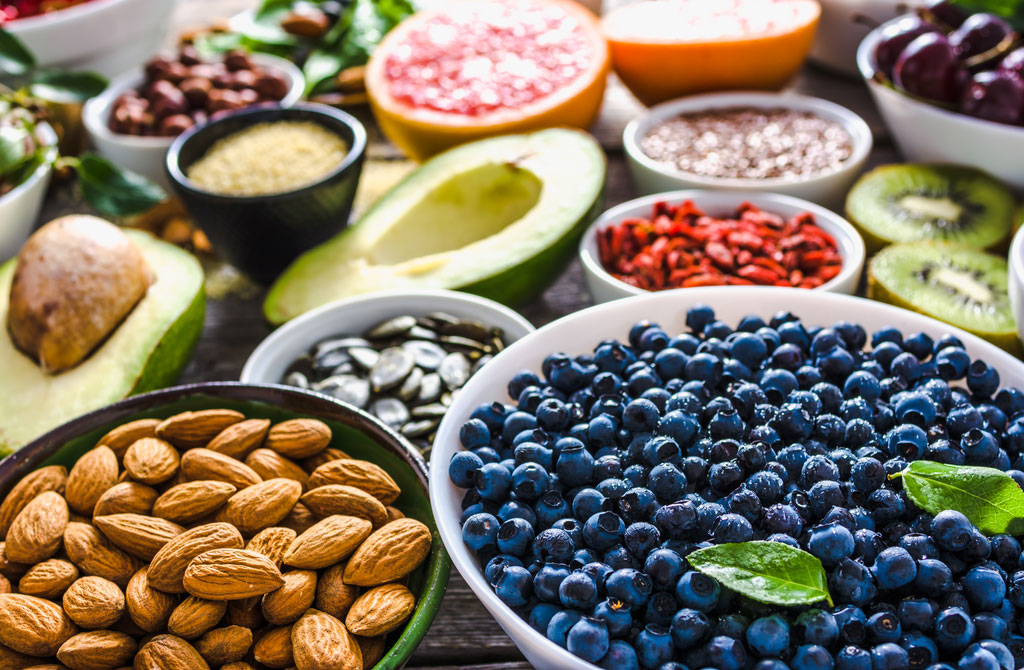
A healthy diet, together with regular exercise, isn’t only important for nutrition but also to manage pain. Even when we look at period pains, some foods work to ease the struggle while others can increase the amount of pain women go through. Minimally processed foods like brown rice, grass-fed meats, and organically grown vegetables contain higher levels of vitamins and fibers. Foods that have a high concentration of boron like avocado, the most versatile fruit, bananas, prunes, and chickpeas, alleviate menstrual cramps and help with mental health and bone strength. Foods that contain a lot of water like celery, cucumbers, lettuce, or watermelon help to hydrate the body, while dairy products, almonds, or sesame seeds are high in calcium, strengthening bones.
Ginger is also known as the root of the Gods, but it works great as a pain reliever for us mortals while also having anti-inflammatory properties. Cut a few slices and make some tea, smoothie or use it in your cooking. As long as you don’t use too much, the slight spiciness will tickle your tongue while the plant eases your pain. For joint, ligament, muscle, or bone pains, you can grate it and place it on the skin. When placed on the skin, it will have a slight stinging sensation coupled with warming in the area. Do not place it on open wounds.
Yoga
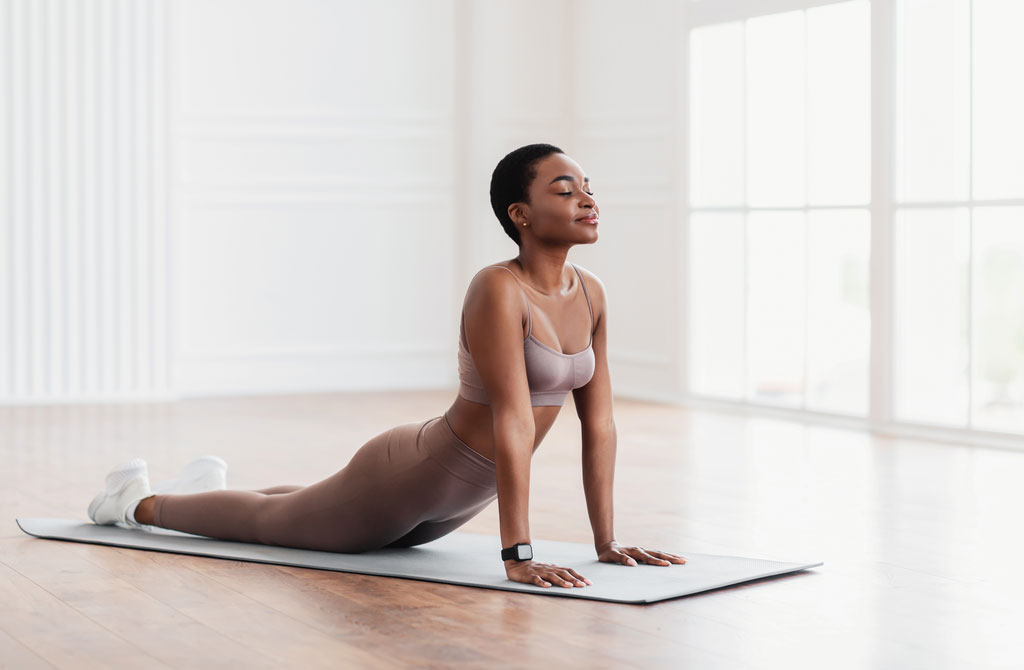
The practice of yoga isn’t only a physical activity that releases endorphins but also an ancient practice that combines spirituality with philosophy and tradition to bring balance and unity to the individual’s mind and body. The main ways through which yoga does this is different poses with different names and the transitions between them. These transitions work to alleviate sore muscles and alleviate the central nervous system.
Physicians recognized that yoga is among the only alternatives that work to increase the vagus nerve activity, which is responsible for most autonomous functions of the body, like breathing, heartbeat, digestion, and blood flow. When the nerve is working as it should, the whole system works better. When the nerve struggles, mental and physical health problems may occur.
Conclusion
Throughout their lives, women have to deal with pain in different ways than men. While men are exposed to external factors that result in painful experiences, pain comes from within for women. Still, not all women have to deal with the monthly pains of the menstrual cycle. But even for those that have accepted this unfair burden that women have to bear, there are ways to diminish or completely eliminate menstrual cramps or other types of pains.
It’s about time we look elsewhere for pain relief as the opioid epidemic needs to be hindered. From Buddhists to holistic and nutrition-based diets, natural pain relief is much easier to attain now than it was before. So many alternatives are available for those that want to become drug-free, and most of these don’t even have side effects.


